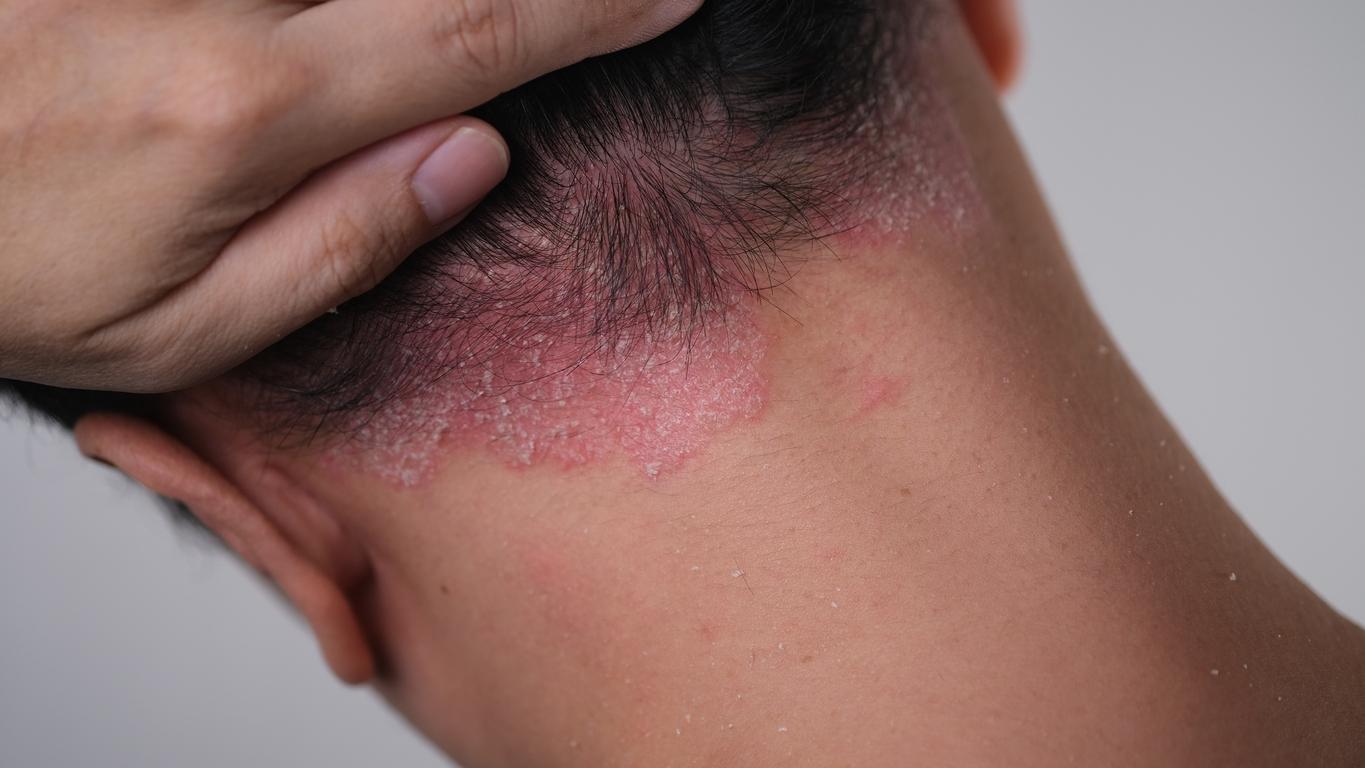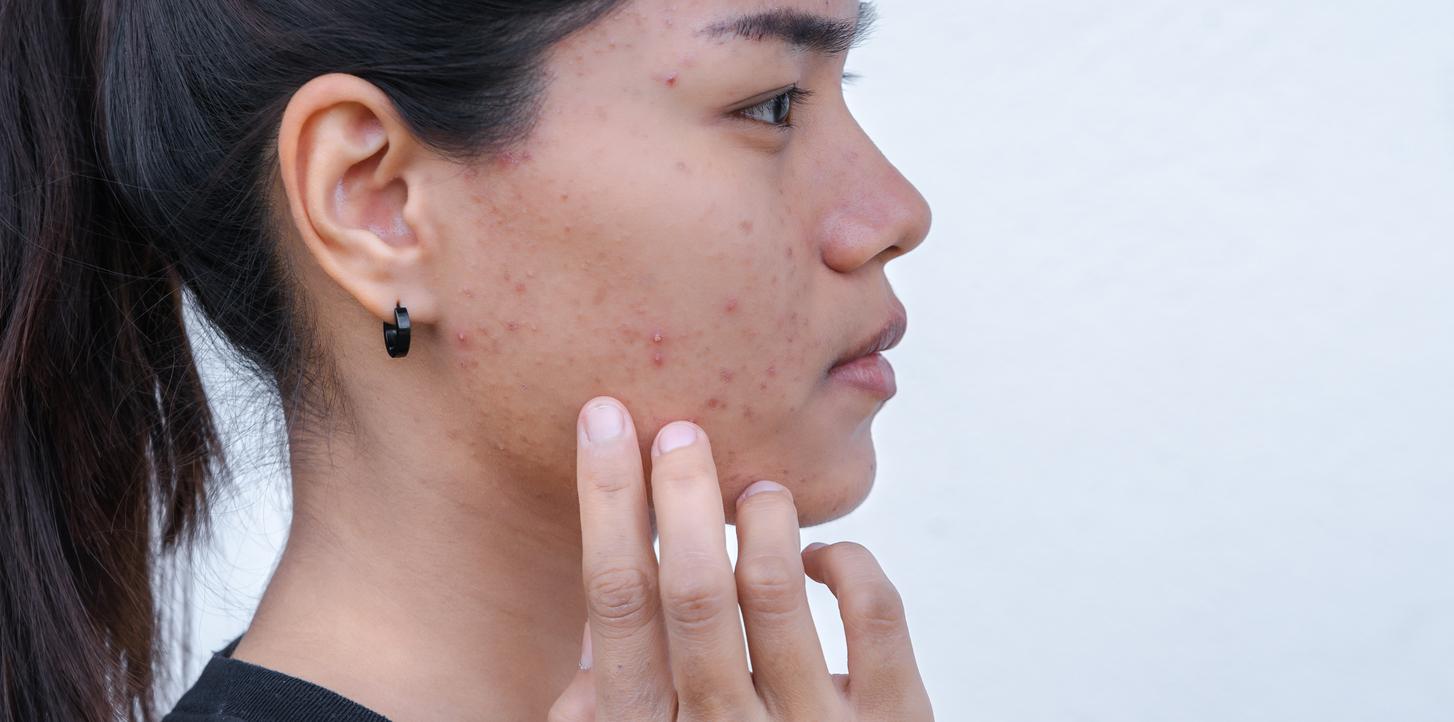Scientists have discovered neural circuits under the skin, which are linked to sexual pleasure, in female mice.

- The skin has sensory cells that allow us to discern different textures and temperatures.
- The brain and the skin are linked by cells in the spinal cord involved in touch, called “GPR83 cells”.
“Touch is central to social behavior, including during sex. However, the identity and precise role of the sensory neurons involved in sexual touch remain unknown.” This is what researchers from Columbia University (United States) wrote in a study published in the journal Cell.
By carrying out this work, they have identified, in the neurobiological pathways of the skin, a hitherto unknown link between touch and the pleasure felt. During this research carried out on female mice, the authors discovered for the first time the existence of a subpopulation of neurons in the skin, specially dedicated to sexual desire. They react to a light caress and trigger pleasure.
The researchers used optogenetics
In previous research, a team had tried to find out if there were tactile neurons specifically adapted to “gratifying touch” by analyzing a category of sensory cells, called “Mrgprb4 cells”, due to the presence of a receptor in their membranes. She noted that these cells reacted to hits of light.
For the purposes of this new work, the scientists used a technique, called ‘optogenetics’, which involves modifying individual cell types so that they can be activated when researchers illuminate them with specific colors of light. .
When Activated By Touch, These Neurons Trigger Sexual Desire
“We found that by activating this little-studied population of tactile sensory cells in the mouse back, the animals lowered their backs and assumed this dorsiflexion posture,” said Leah Elias, author of the study, in a statement. In rodents, this posture is a sign of sexual receptivity.
Next, the authors genetically modified mice so that their touch cells, “Mrgprb4”, were triggered when illuminated by blue light. When the team activated these cells by shining a light on them, they found it hard to believe the dorsiflexion responses they observed. “Animals felt the activation of Mrgprb4 sensory cells in their backs as a reward. (…) This is the first documented example showing that a specific behavior can be generated or sustained by these Mrgprb4 neurons”the scientists explained.
Using genetic techniques, they then eliminated the Mrgprb4 cells. This allowed them to see whether the absence of these cells in the touch circuits affected the mice’s sexual response to tactile stimulation. “Sexual receptivity just collapsed. We knew then for sure that these cells were important for social touch,” said Leah Elias.
Touch-based therapies to improve mental health?
According to the authors, the results of this work pave the way for touch-based therapies to alleviate anxiety, stress and depression. What’s more, these therapies could hold promise for people with autism and other conditions that can make even the slightest touch unbearable.















